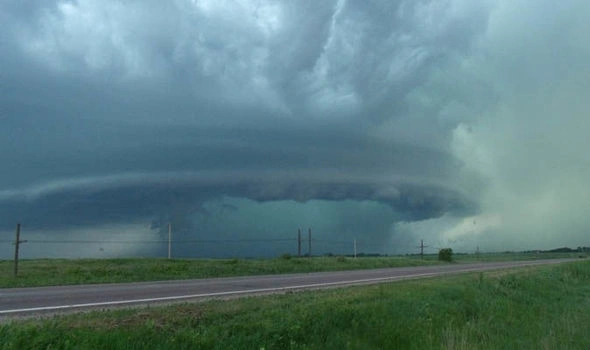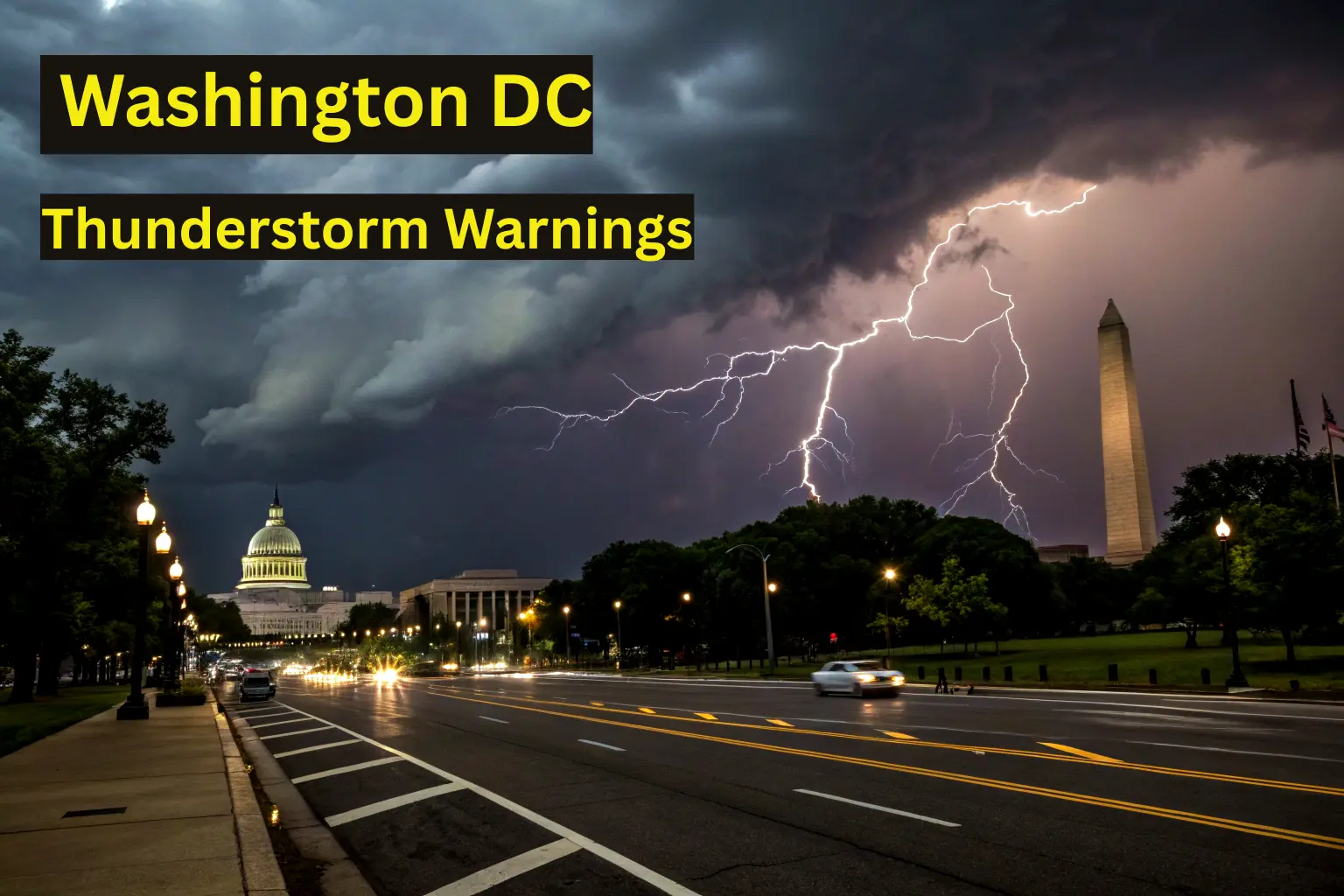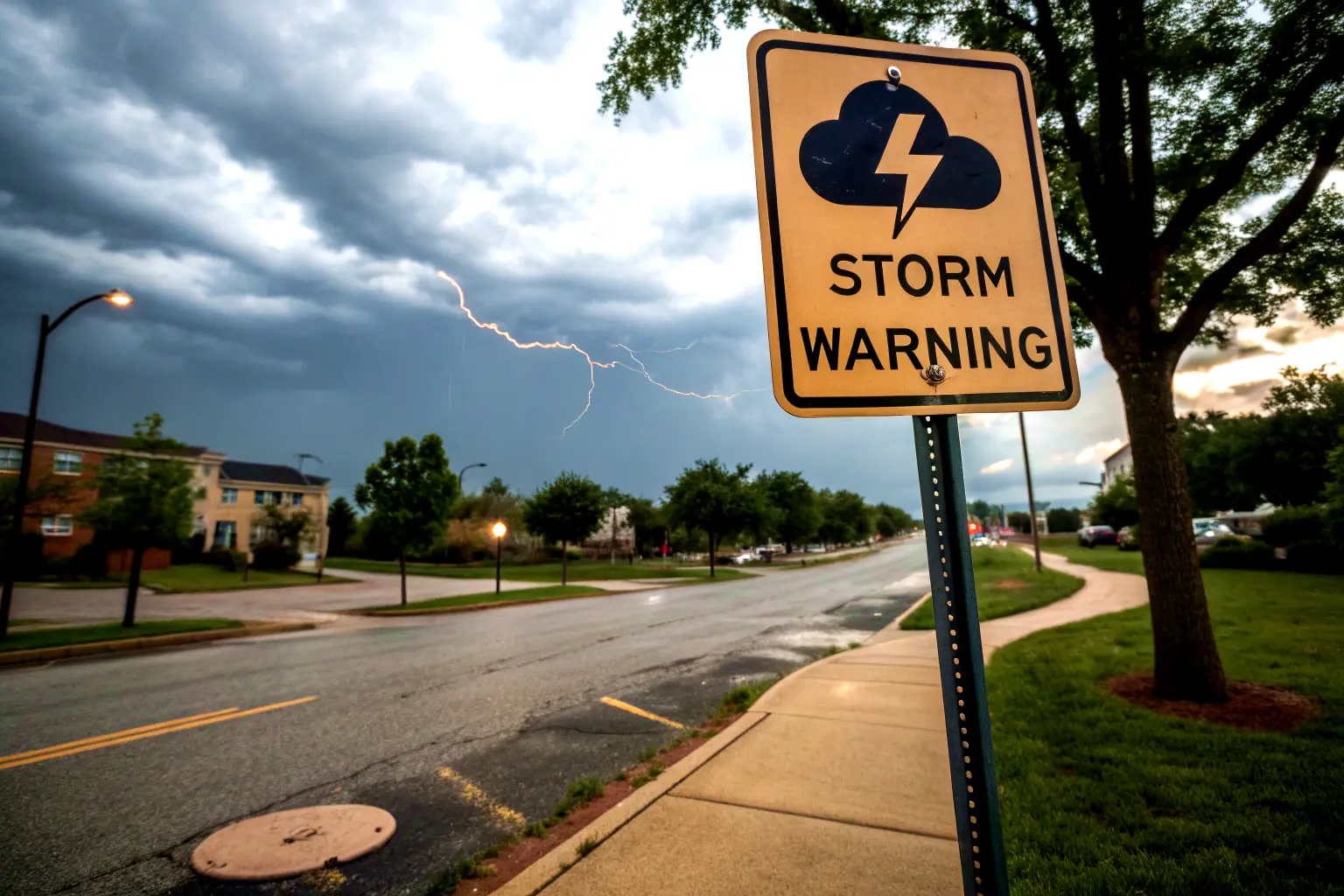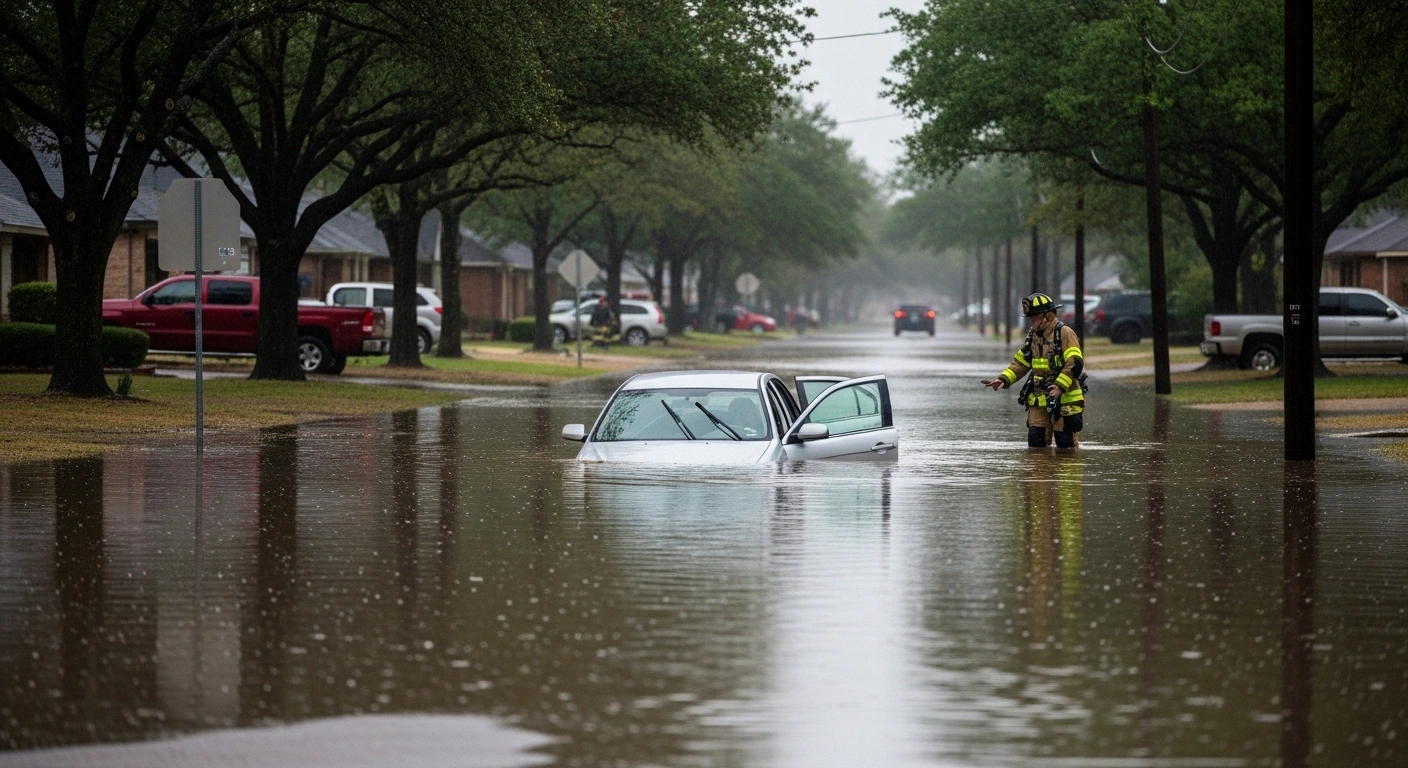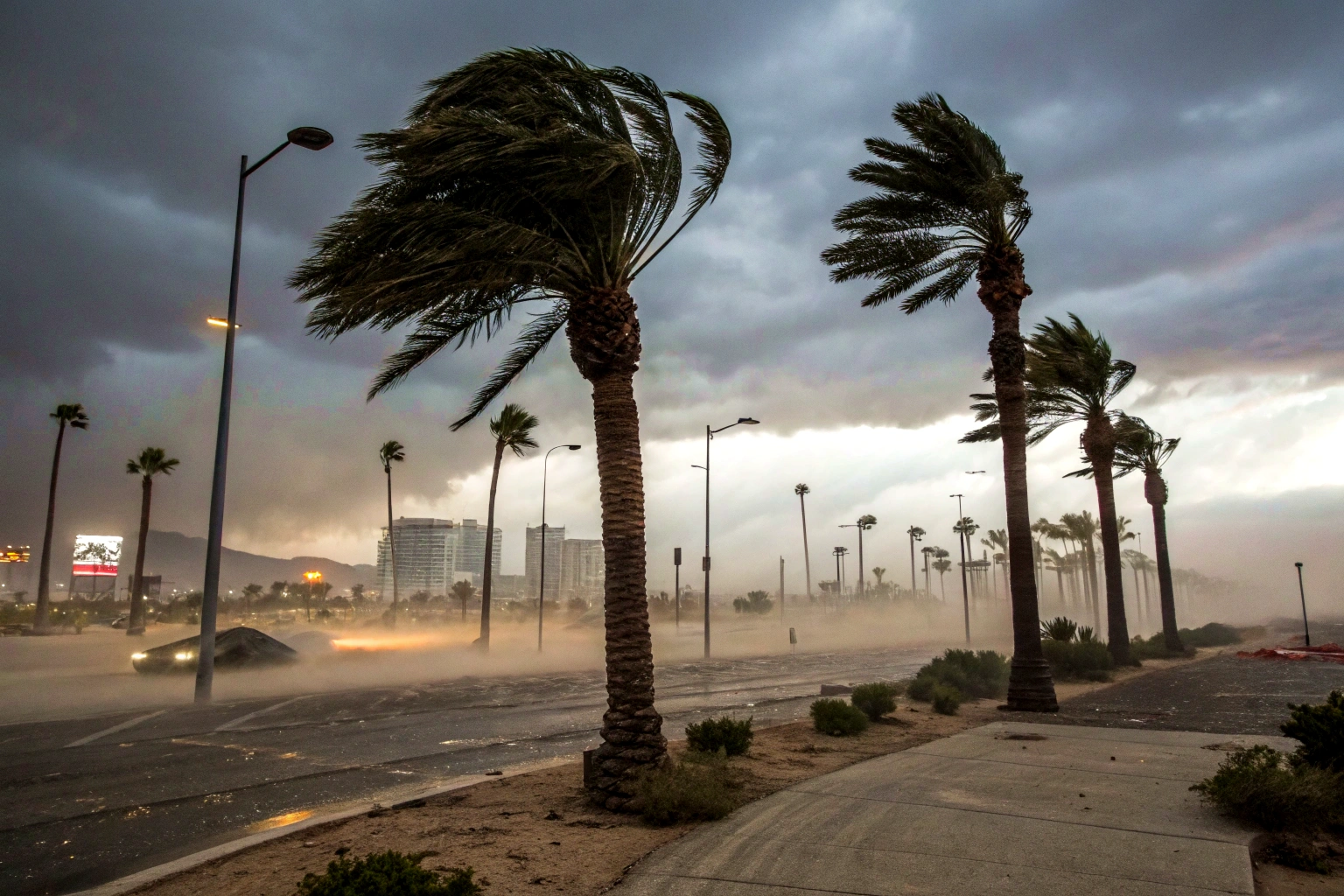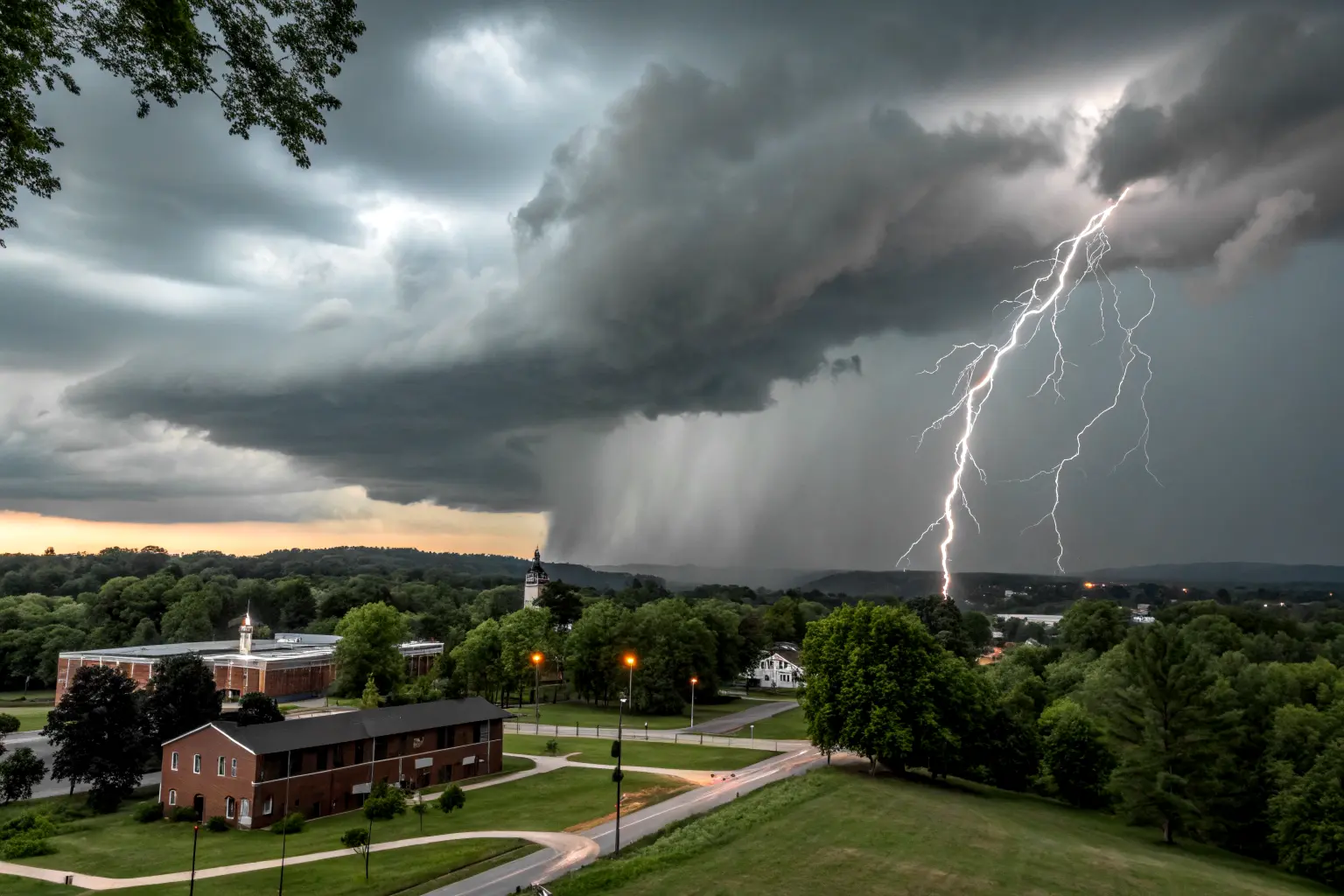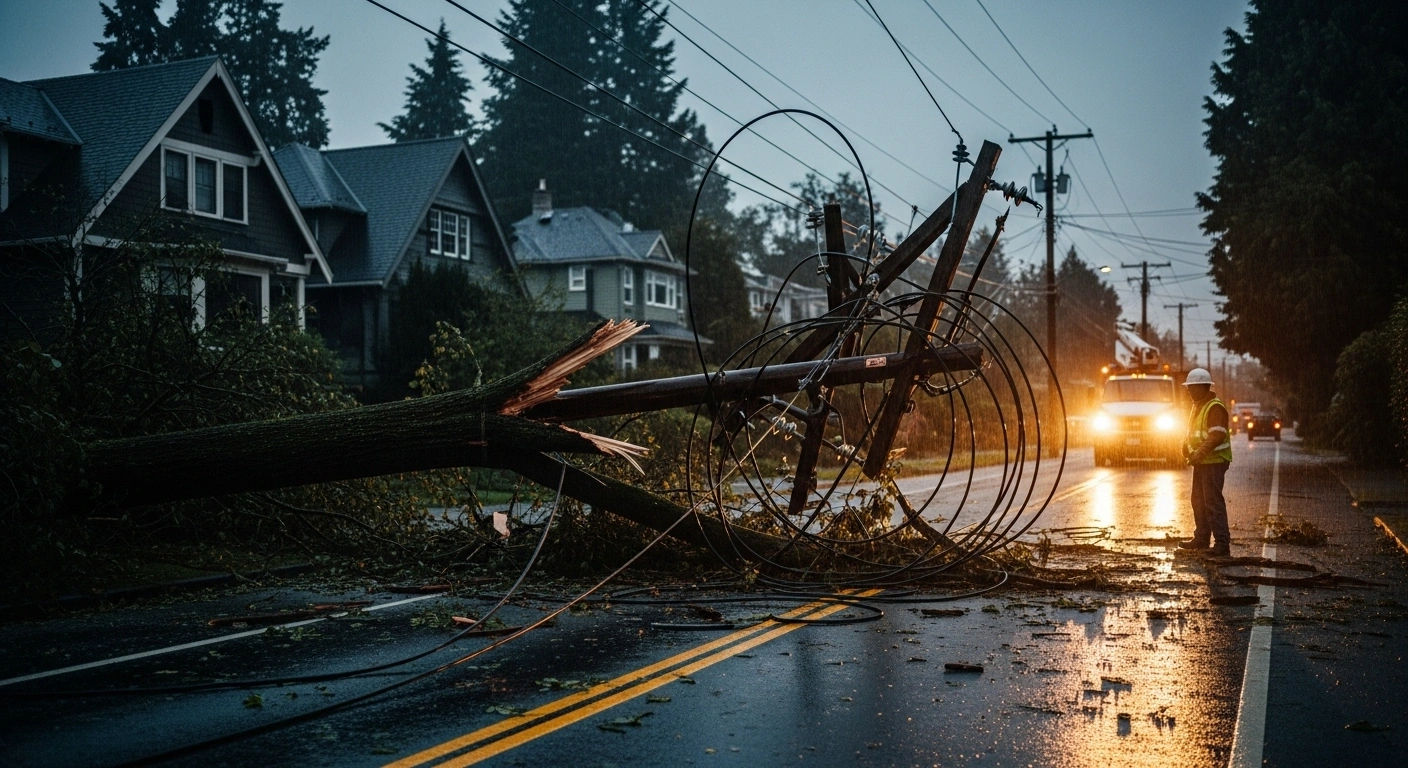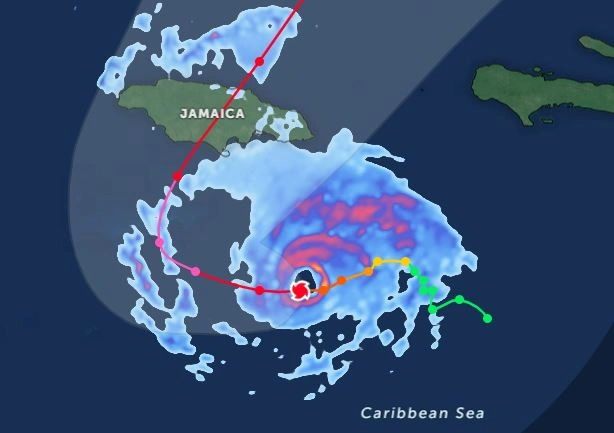Minnesota Faces Overnight Derecho Threat : 100+ MPH Winds Possible
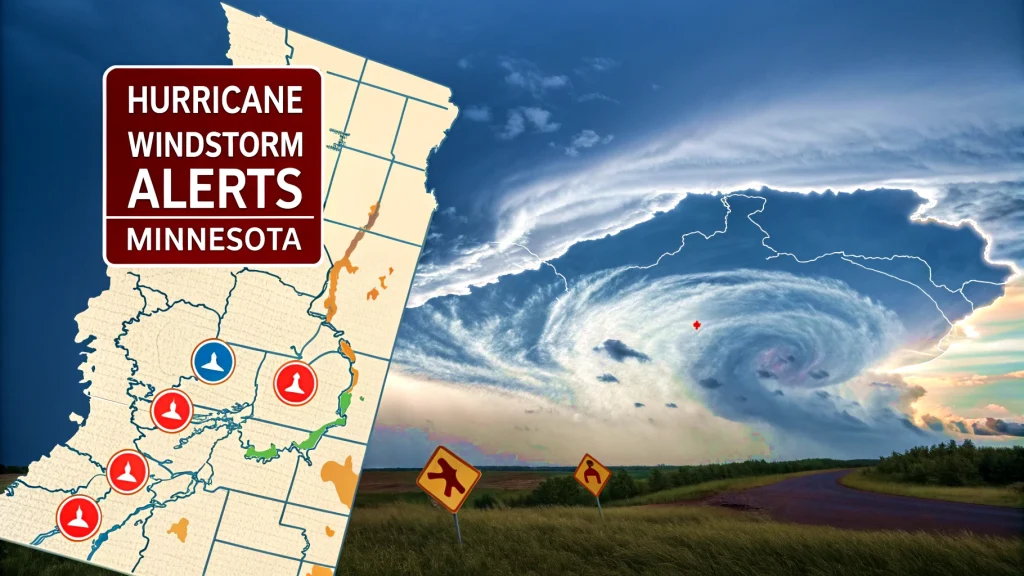
MINNEAPOLIS—June 21, 2025
Minnesotans rushed to secure patio furniture and charge emergency radios Sunday evening as meteorologists warned of a potentially historic overnight derecho—a fierce windstorm capable of hurricane-force gusts up to 105 mph. With storms expected to explode after dark and race northeast at highway speeds, the National Weather Service issued urgent alerts for residents to prepare for “life-threatening winds” that could flatten crops, topple power grids, and turn trees into deadly projectiles.
The Perfect Storm Brewing
By sunset, an ominous lid of thick clouds smothered the Red River Valley while record humidity made the air feel like soup. Below this atmospheric cap, temperatures soared near 90°F with dew points hitting 75°F—creating what University of Minnesota climatologist Mark Seeley calls “tinderbox instability.” “These are powder-keg conditions,” Seeley explained, comparing the setup to Minnesota’s catastrophic 1980 derecho that unleashed 112 mph winds. “When the cap breaks tonight, all that pent-up energy will detonate like a bomb.”
Timeline of Terror
The tempest’s opening act began near Fargo around 7 p.m. CDT with isolated supercells dropping baseball-sized hail. But the real danger starts around 10 p.m. as storms merge into a bow-shaped line accelerating northeast at 70 mph—faster than most Twin Cities commuters drive at rush hour. By midnight, a 200-mile-long wall of wind could slam Bemidji and International Falls, reaching Duluth by 2 a.m. and the Twin Cities metro around 3 a.m. “Sleeping through this isn’t an option,” warned NWS meteorologist Taylor Schmitz. “When your phone shrieks with a warning, get to your basement immediately—don’t look outside first.”
Unusual Danger in the Dark
What makes this derecho especially perilous is its nighttime timing. Most Great Plains windstorms strike in daylight when people are awake and alerts are visible. This one targets the dead of night—when families sleep through warning sirens and darkness hides flying debris. “Imagine 100 mph winds hitting at 2 a.m.,” said Cass County emergency manager Dave Bergstrom, whose team prepped rescue gear. “Trees crash through bedrooms. Power fails in hospitals. Semi-trucks blow over on I-94. We’re preparing for all scenarios.”
Ground Zero: Minnesota’s Vulnerable Heartland
The storm’s path threatens critical infrastructure:
- Farms: Corn and wheat fields near peak growth could be flattened across the Red River Valley, where soft soils from recent rains make shallow-rooted crops easy targets.
- Cities: Minneapolis-St. Paul could see widespread blackouts if winds topple transmission lines. Xcel Energy deployed 500 crews but warned repairs could take days.
- Forests: Boundary Waters resorts evacuated guests as rangers cited “high risk of century-old pines snapping like toothpicks.”
Lessons from History
Old-timers still recall Minnesota’s benchmark derecho—July 15, 1980—when winds clocked at 112 mph near Eau Claire killed three people and caused $240 million in damage. More recently, the May 2022 derecho spawned 34 tornadoes while ripping roofs off South Dakota schools. Tonight’s storm could eclipse both if the volatile atmospheric cocktail fully ignites. “This has ‘generational event’ written all over it,” said storm chaser Vince Waelti, racing toward the North Dakota border with reinforced vehicles.
How to Survive the Night
St. Paul resident Marta Chen nailed plywood over her porch windows while briefing her children: “Basement, helmets, and the emergency kit—no exceptions.” Her preparations mirrored official advice:
- Anchor everything: Trampolines become missiles at 80 mph
- Charge devices: Cell service may be your lifeline
- Shelter smart: Avoid rooms with trees or power lines outside
- Stay informed: NOAA weather radios override silent phones
As midnight approached, gas stations near Highway 10 saw lines of cars filling tanks while hardware stores sold out of generators. At Minneapolis-St. Paul International Airport, ground crews chained down equipment as airlines preemptively canceled Monday’s first flights.
The Long Night Ahead
By 10 p.m., lightning flickered like strobes along the North Dakota border. In Moorhead, veteran storm spotter Don Larson watched radar loops with dread: “See that purple blob? That’s the beast waking up.” For Minnesotans in the dark hours ahead, survival depends on heeding warnings they can’t see coming—and trusting shelters they pray will hold. As the wind began to howl through Duluth’s empty streets, one truth echoed from worried weather offices to panicked family texts: Dawn can’t come soon enough.

